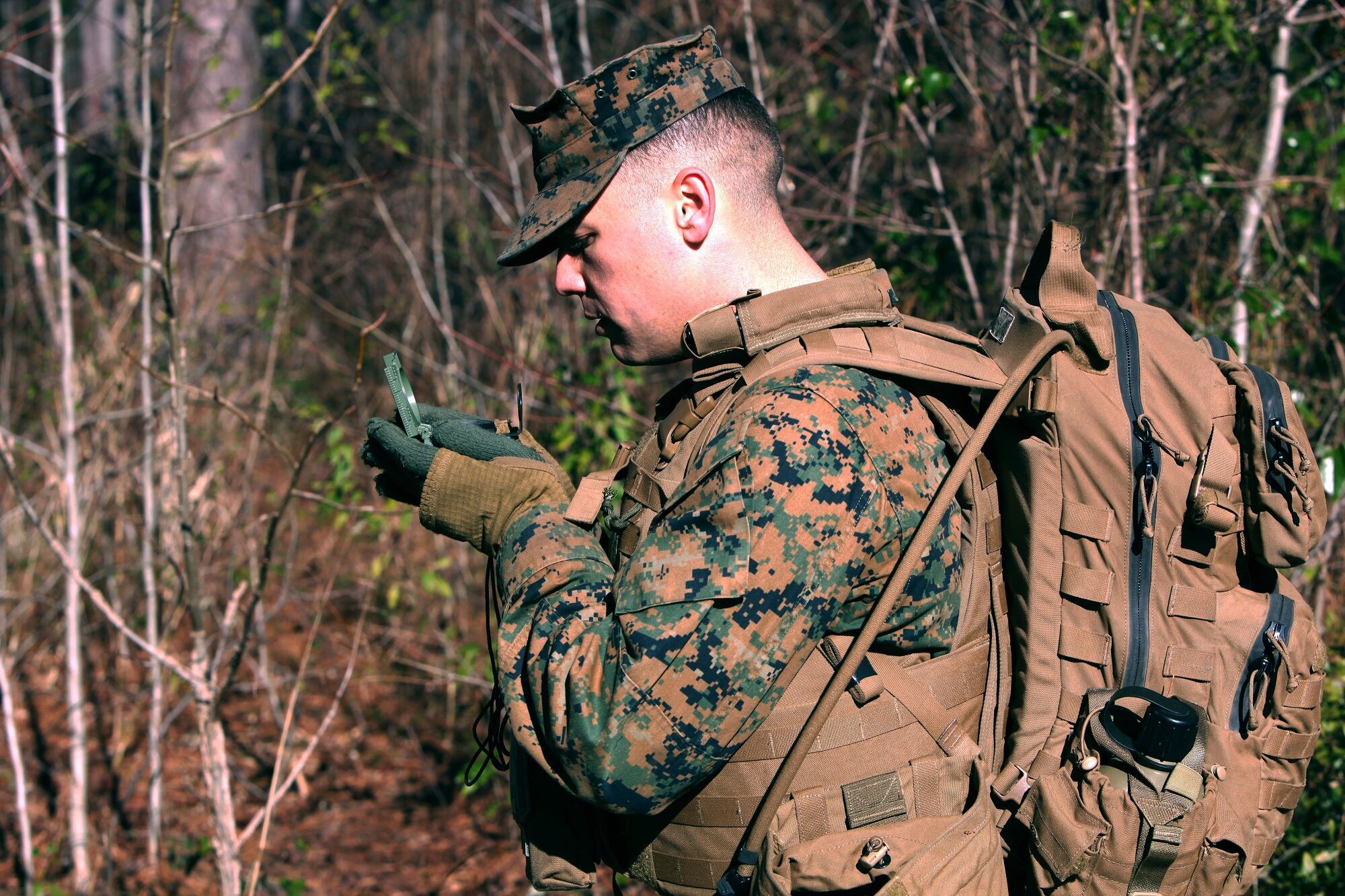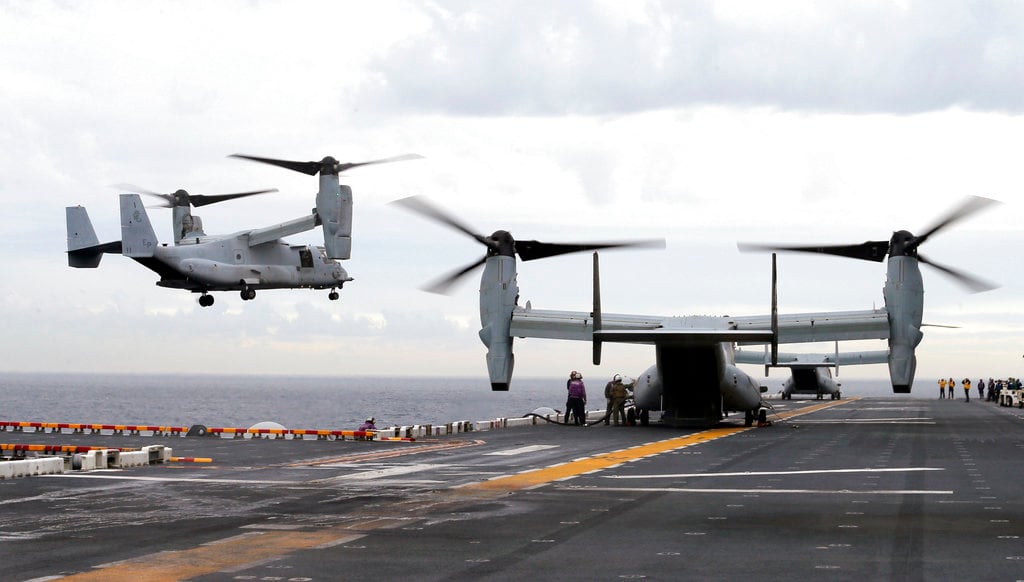The top Marine says the Corps is stuck with too many aircraft that it simply doesn’t have the time to fix or maintain.
“In fact right now we’ve got too many Hornets; we’ve got too many airplanes,” said Marine Commandant Gen. Robert B. Neller at a discussion Thursday at the Center for Strategic & International Studies in Washington.
“We need to get rid of them because we don’t have time to fix them.”
The Corps’ aviation wing is struggling with readiness shortfalls and budget woes amid another continuing resolution that is impacting long-term planning across the force.
The Corps’ transition to new aircraft platforms like the MV-22 Osprey and the F-35B means other aircraft like the UH-1N, AH-1W, Harriers and Hornets have limited need or use.
“As we field new airplanes, squadrons have to stand down as they transition,” Neller said.
The older aircraft will either be sent to “the boneyard” or sold off to allies.
“You just got to get rid of them,” Neller said.
But that’s hardly the only problem affecting Marine aviation.
Government shutdowns and partisan defense budget squabbles have hurt the Corps’ ability to maintain everything from pilots to spare parts and technicians.
“It’s difficult to make long bets on readiness without a budget,” Neller said. “You grow up in the Marine Corps and you expect nothing and you get less. I like it that way, you’re never disappointed.”
RELATED

Nevertheless, aviation is one of the most challenging readiness issues the Corps faces, Neller said. The issue is compounded by commercial competition hiring military pilots. The Corps, like the Air Force, is also struggling to maintain its pilots.
Neller acknowledged the Marine pilots headed for the commercial sector: The Marine Corps is a pipeline for a lot of those people to fly, he said.
The Corps is trying to mitigate the issue through Marine Corps Reserve aviation, he said.
Accidents and mishaps have also plagued the Marines over the past year. In 2017 there were more than 12 Class A mishaps, defined as incidents involving loss of life or more than $2 million in damages.
“We had a horrible year last year,” Neller said.
Yet most of those accidents were not the result of major problems with the aircraft. Some were caused by poor decisions made by aircrews, some linked to lack of proper flight hours.
But, the Corps has made some slight progress over the last year, the commandant said. The average squadron recorded four more flight hours per aircrew than it did last year. The Marine Corps is still trying to get up to an average 16 flight hours per month, Neller said.
The goal for the Corps is to keep aircraft in the skies so that pilots can get the proper flight hours and training they need, Neller said. That requires a budget that removes uncertainty from the procurement process and the ability to get spare parts for aircraft.
“We need more airplanes that can fly,” he said. “We’ve got to turn parts faster.”
Shawn Snow is the senior reporter for Marine Corps Times and a Marine Corps veteran.





